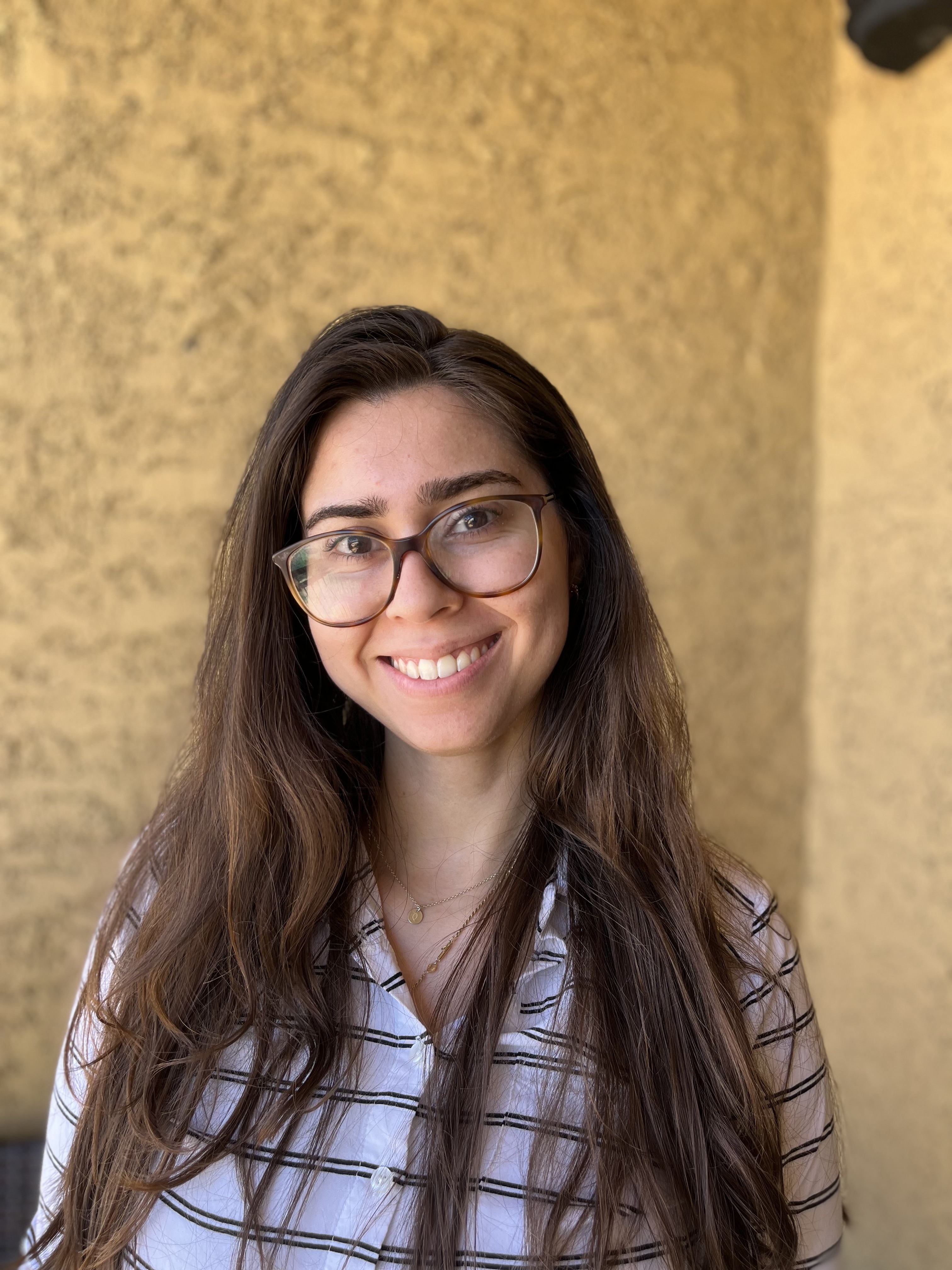Couples / Close Relationships
(PS4-D90) Testing the Dyadic Cultural Competence and Balance Model

Quinn E. Hendershot, M.S.
PhD Student
Binghamton University
Johnson City, New York- HF
Hayley C. Fivecoat, Ph.D.
Assistant Clinical Professor
The Family Institute at Northwestern University
Evanston, Illinois - MJ
Matthew D. Johnson, Ph.D.
Professor
Binghamton University
Binghamton, New York
Author(s)
Bicultural competence is the extent to which immigrants successfully navigate challenges in dominant and heritage cultures. It is distinct from acculturation, the extent to which immigrants identify with and are competent in the dominant culture, and enculturation, the extent to which immigrants identify with and are competent in their heritage culture.
Migration presents challenges to migrant couples that may strain their relationship, including managing dominant cultural tasks and maintaining ties to heritage cultures. We argue that bicultural competence can be achieved on a dyadic level, where individual’s levels of dominant and heritage cultural competence can benefit or add strain to their partner and the relationship as the dyad copes with culturally based stressors. We call this dyadic bicultural competence and present a proposed model demonstrating how dyadic bicultural competence relates to relationship quality over time (Hendershot & Johnson, under revision). This model stems from two established models: Telzer’s (2010) Expanded Acculturation Gap-Distress Model and Karney and Bradbury’s (1995) Vulnerability-Stress-Adaptation Model. Our Dyadic Cultural Competence and Balance (DCCB) model describes how hypothesized patterns of individual cultural orientation can be combined across couples, how stressors may be buffered or exacerbated by levels of dyadic bicultural competence (representing a form of relationship adaptation), and how cultural context can moderate the effects of these on relationship quality.
We test this model using a subsample of Latine couples from the Future of Families & Child Wellbeing Study. Participants were recruited from hospitals at the time of the birth of a child and we included in analyses only those who self-identified as Hispanic or Latine. Couples were assessed at the time of their child’s birth and when the child was 1, 3, 5, and 9. Variables of interest included individuals' orientation to the dominant culture, orientation to their heritage culture, relationship quality, and relationship status.
The DCCB model provides a framework to explain mixed findings regarding the role of cultural identity in close relationships and explores couples’ ability to successfully navigate contextual challenges related to cultural orientation. If pathways of the model are supported, this model may be useful in conceptualizing which couples may be at elevated risk for distress related to their ability to cope with cultural stressors, and the role of cultural context in moderating this relationship. If the model’s pathways are not supported, then reconceptualization of the role of patterns of cultural orientation in shaping couples’ relationship trajectories may be needed, along with revision of the model.
References
Hendershot, Q. E. & Johnson, M. D. (under revision). Dyadic bicultural competence: A new way of conceptualizing patterns of cultural orientation in close relationships.
Karney, B. R., & Bradbury, T. N. (1995). The longitudinal course of marital quality and stability: A review of theory, methods, and research. Psychological Bulletin, 118(1), 3.
Telzer, E. H. (2010). Expanding the acculturation gap-distress model: An integrative review of research. Human Development, 53(6), 313-340.

